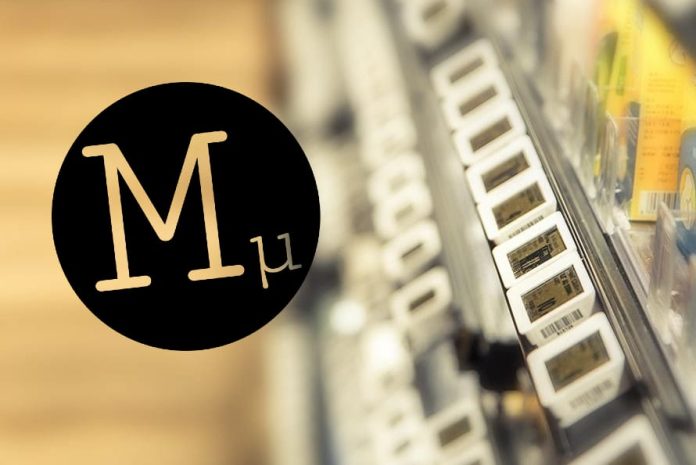Australia-based semiconductor company Morse Micro, developing Wi-Fi HaLow for low-power mid-range IoT solutions, has quickly followed a AUS$140 million ($94m) Series B round in September with a further AUS$30 million ($20m) in Series B funding. The new funds, presented as a “top-up from major superannuation funds and others”, takes its total Series B funding to AUS$170 million ($114m).
Participated in the round were TelstraSuper, HESTA, Hostplus, NGS (Blackbird Ventures), and UniSuper (Uniseed). Morse Micro said it will use the new capital for “achieving unprecedented scale and demand for its Wi-Fi HaLow technology”. The September funding announcement saw investment from Japan-based chip services company MegaChips. The Japanese firm is to manufacture Morse Micro’s semiconductors and modules.
Wi-Fi HaLow (802.11ah) uses sub-GHz spectrum frequencies in global ISM bands, between 850 MHz and 950 MHz. These offer advantages over the unlicensed 2.4 GHz and 5 GHz bands, where Wi-Fi traditionally plays, insofar as the spectrum is less congested and lower frequency, improving reliability, propagation, and coverage. As a consequence, the HaLow version makes Wi-Fi viable effectively for lower-power wider-area IoT cases.
Fans of the technology – Morse Micro, for starters – claim it offers a 10-times advance in terms of range, compared with conventional Wi-Fi. The latest marketing also suggests a 100-times advance in terms of coverage area, and 1,000-times advance in terms of coverage volumes. Use cases for Wi-Fi HaLow “extend across the complete IoT ecosystem, from consumer to commercial, industrial to agricultural use”, said Morse Micro.
Wi-Fi HaLow offers multi-vendor interoperability by using existing Wi-Fi protocols, making it compatible with other Wi-Fi Alliance certified products, and the same security and setup as existing Wi-Fi solutions. It straddles the line between low-power short-range technologies like Bluetooth Low Energy (BLE) and Zigbee, and the traditional low-power wide-area networking (LPWAN) set, including LoRaWAN, NB-IoT, and Sigfox.
Morse Micro, founded in 2016, is the author of the first chip for Wi-Fi HaLow, and an official Wi-Fi HaLow testbed vendor to drive availability of the 802.11 ah certification project in the Wi-Fi Alliance. Twelve months ago, it was releasing system-on-chip (SoC) and module samples to select developers, with a view to raise interest in the Low standard among the IoT developer community.
Presently, its Wi-Fi HaLow portfolio includes the “industry’s smallest, fastest and lowest power Wi-Fi HaLow compliant system on chips (SoCs) and modules,” it said. The new Series B funds will go to “achieving unprecedented scale and demand for its Wi-Fi HaLow technology,” said Morse Micro. The strategy, it said, is to “deepen its offerings, including the design of new solutions, while accelerating the go-to-market strategy”.
Michael De Nil, chief executive at Morse Micro, said: “The substantial investment… demonstrates a belief in our vision to revolutionize IoT connectivity. Above all, this investment comes at a time when traction for Wi-Fi HaLow is growing, and Morse Micro is building enduring Wi-Fi HaLow solutions for the future. As part of our Series B round, this funding top-up is a cornerstone investment in our company’s journey toward market scale and leadership.”
Robyn Denholm, operating partner at Blackbird Ventures, said: “We continue to be impressed by the team at Morse Micro. From the very beginning Michael and Andrew have had an unwavering focus on building a great team and developing game-changing chips for the Wi-Fi HaLow revolution. We are extremely pleased to be able to further our support for Morse Micro on behalf of our investors.”

